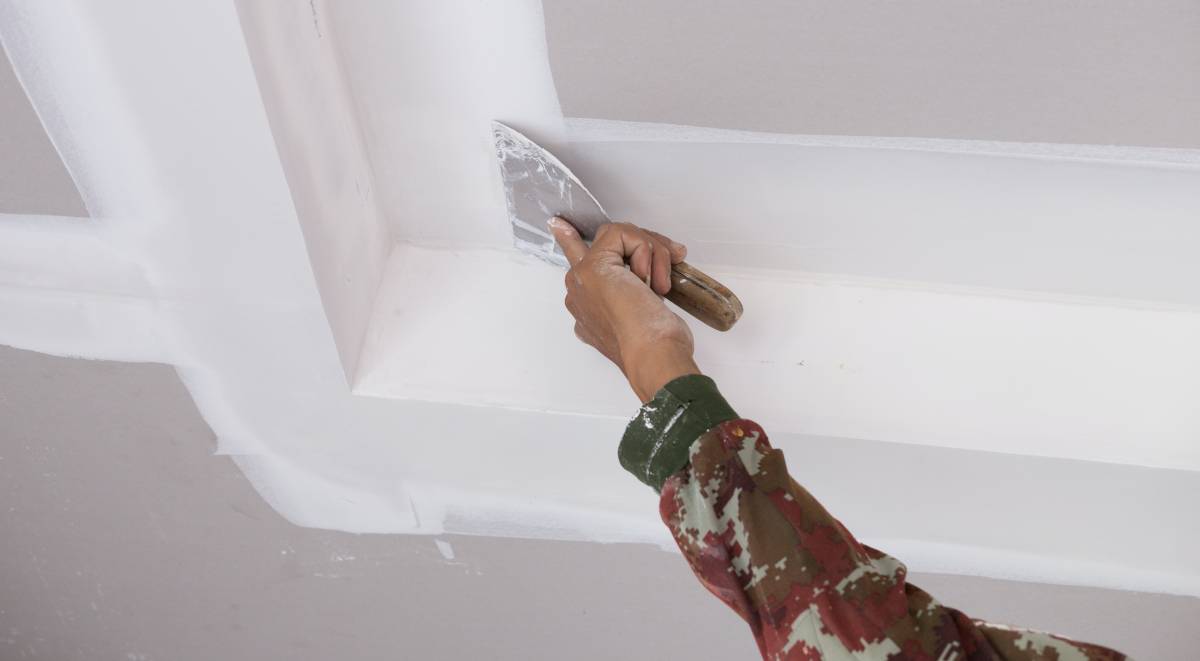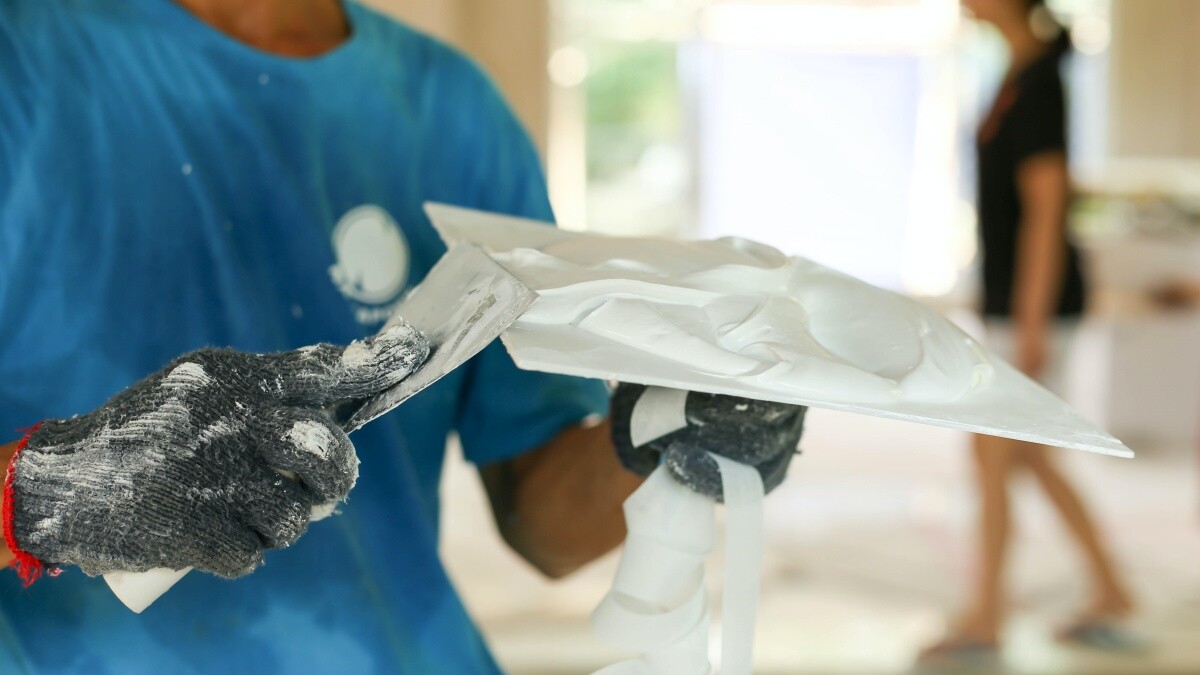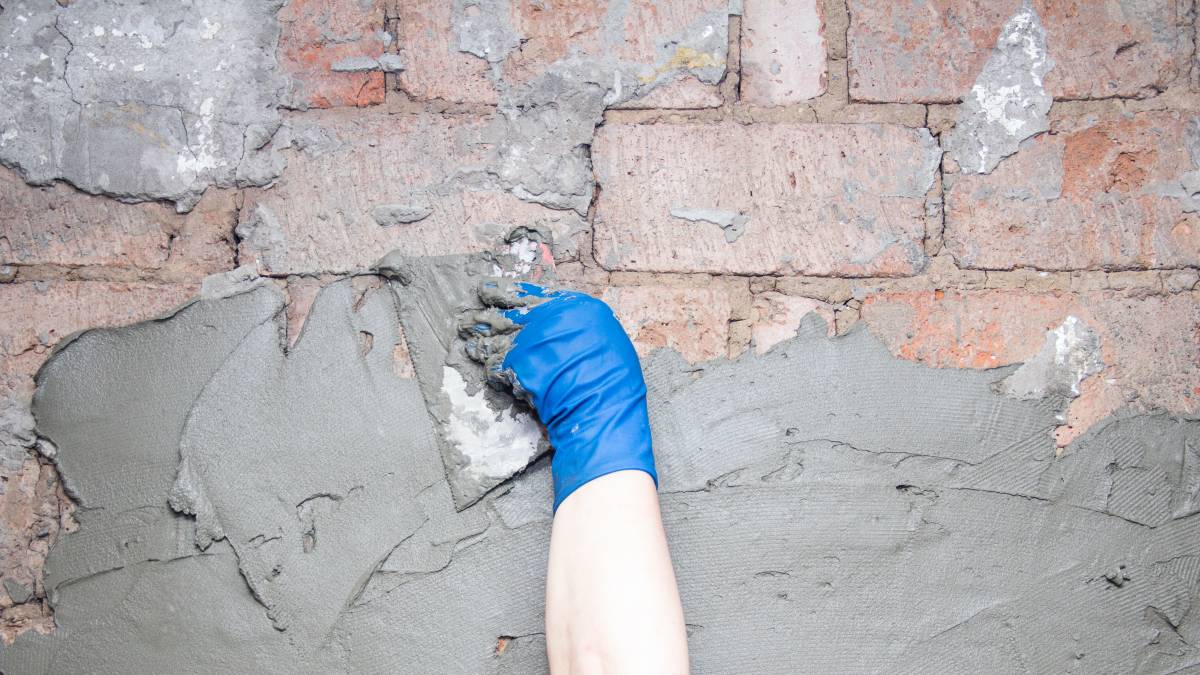- Home/
- Comparisons/
- Plasterer/
- Plastering vs Skimming
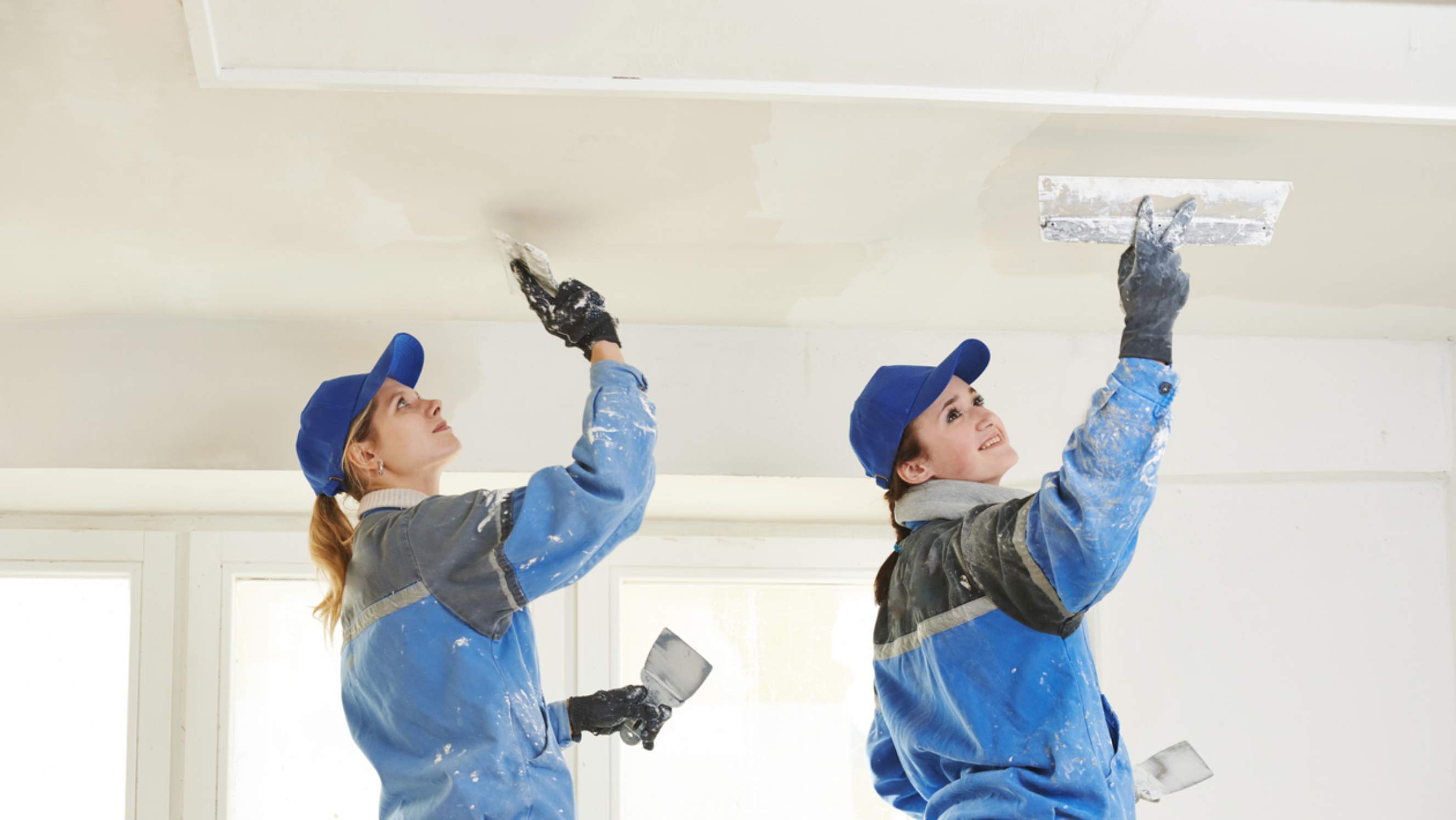
Plastering vs skimming: Which is the better choice?
Comparing plastering and skimming based on their purpose, surface finish quality, application process, and more.
Hire a plastererLast Updated on
Key Facts
- Plastering is a broader term that refers to the general trade and process of applying plaster on walls for a smooth finish.
- Skimming is a more specific plastering technique that usually involves applying a thinner coat over other plastering coats.
Repairing or renovating your home can feel like a never-ending list of tasks and decision-making, especially when it comes to getting those walls just right. We know the struggle—staring at rough surfaces, considering plastering vs skimming, and wondering which method is the way to go–all while trying to keep an eye on your budget and timeline.
But don’t worry because you’re not alone! In this guide, we’ll break down the key differences between skimming vs plastering, helping you choose the best method to achieve those smooth, picture-perfect walls you’ve been dreaming of, without the stress.
What is plastering?
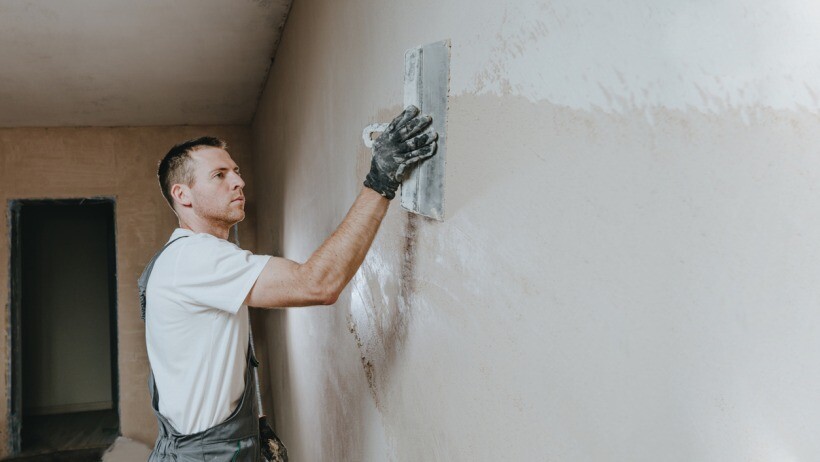 Plastering is the process of applying a protective or decorative layer of plaster to rough and uneven surfaces, such as walls or ceilings. Traditionally, plaster is made from a mixture of water, sand, and cement, but modern materials for gypsum or lime plaster are also available for a smoother finish. Even construction and demolition waste are being used as alternative materials that are stronger and more eco-friendly.
Plastering is the process of applying a protective or decorative layer of plaster to rough and uneven surfaces, such as walls or ceilings. Traditionally, plaster is made from a mixture of water, sand, and cement, but modern materials for gypsum or lime plaster are also available for a smoother finish. Even construction and demolition waste are being used as alternative materials that are stronger and more eco-friendly.
In masonry work, the plastering process protects surfaces from the elements, fills gaps and cracks between bricks, and enhances the structure's stability. It can also provide additional benefits like insulation, waterproofing, and even colouring to serve both functional and aesthetic purposes. Whether it’s for new constructions or renovations, plastering is an essential process you shouldn’t skip.
What is skimming?
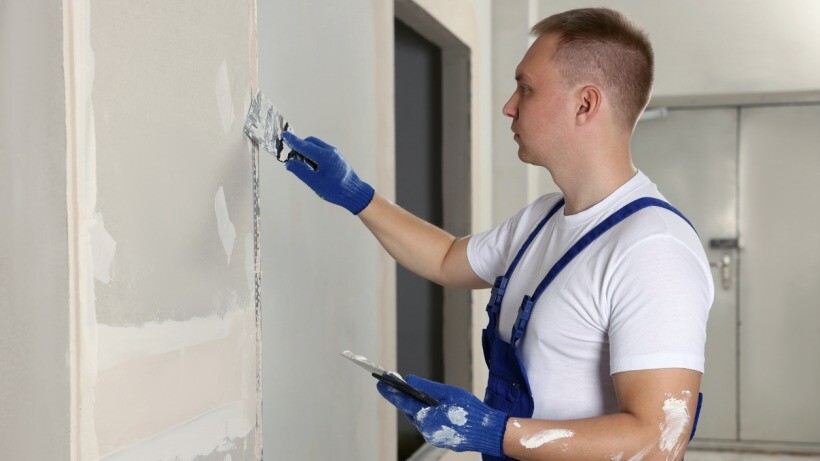
Skimming is a plastering technique that usually involves applying a thin coating of gypsum dust and water to smooth the surface of an existing plastered ceiling or wall. This skim coating is used to create flat, uniform surfaces for painting, priming, or retexturing.
Skim plaster is often used in renovations where the underlying structure is sound, but the surface needs refreshing. Same with plastering, skimming is a highly skilled task that requires the precision of a professional plasterer, as the thin layer must be applied evenly to avoid imperfections. It’s all about refining and perfecting a surface, making it an ideal choice for final touches in your home renovation project.
Plastering vs skimming: What’s the difference?
Now that you have a general idea of plastering and skimming, let’s dive into the specifics of their differences. It helps to know things such as the cost of ceiling plastering or skimming, and the time and effort spent for each application method to help you decide on the best fit for your needs.
In terms of purpose
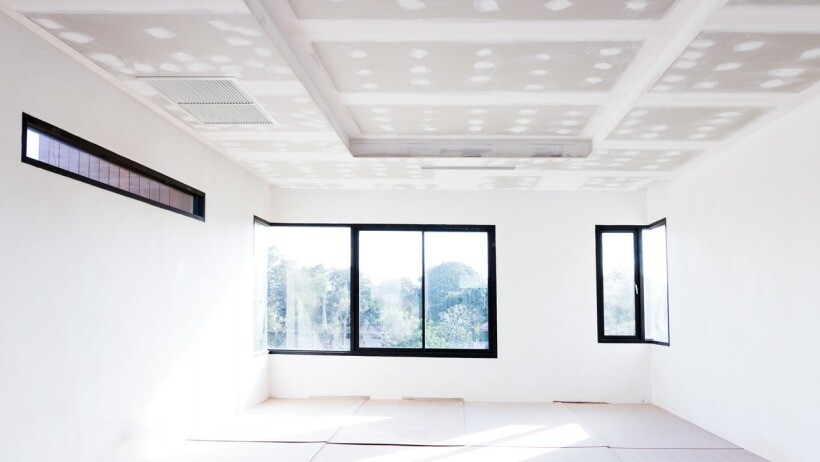
Plastering is a foundational process intended to create a solid, durable surface from scratch. It builds up and reinforces the structure by covering bare walls, such as those made of brick, block, or stone. The thicker application of plaster not only smooths out rough or uneven surfaces but also adds strength and insulation to the walls.
Meanwhile, skimming is a type of plastering that serves a more refined purpose. It’s applied over an existing surface that’s already in good condition, such as old plaster or drywall, to achieve a spotless finish. Skimming is often used during renovations to refresh the appearance of a wall with minor imperfections or surface damage.
In terms of thickness
Another key difference between skim coat vs plaster is the thickness of the coating layer applied to the surface. Plastering generally involves applying a thicker layer, typically around 10-15mm. This thicker coat builds up a surface by covering bare brick, block, or stone walls. The thickness not only helps to level out any unevenness in the wall but also adds structural integrity to the surface.
On the other hand, skimming uses a much thinner layer of plaster, usually around 2-3mm, for perfecting and smoothing an existing surface rather than building it up. The thinness of the coat allows for a fine, even finish that’s ideal for house painting or wallpapering.
In terms of surface finish quality
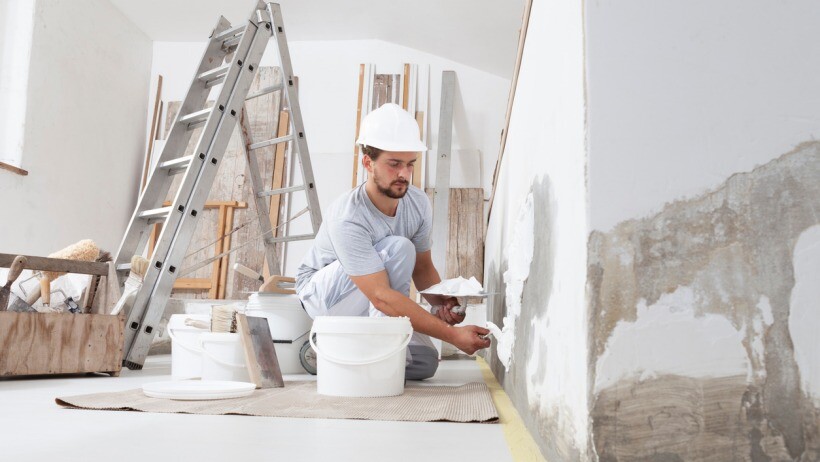
While plastering a wall creates a solid, durable base, it typically results in a slightly rougher surface since thicker coating makes it more challenging to achieve a perfectly even finish. The surface may have textural irregularities, which can be perfect for certain types of decorative finishes. But, if you want a super-smooth look, then additional sanding or preparation is needed.
In contrast, skimming is specifically designed to produce a generally smoother finish. The thin layer of plaster applied during skimming allows for meticulous control over the surface texture, making it possible to eliminate even the smallest imperfections. This smoothness makes skimming the preferred choice when a polished look is essential, especially before applying paint or wallpaper.
In terms of the application process
As a general process, plastering involves multiple steps:
First, a bonding agent may be applied to the surface to improve adhesion.
Then, the plaster is mixed and applied in a thick coat using a trowel.
The plasterer will often use several layers, starting with a base coat and finishing with a top coat to achieve an evenly smooth surface.
The layers need time to set and dry between coats, and the process may include additional steps like sanding to smooth out any irregularities.
How to skim a wall is a quicker process with fewer steps:
The first step is cleaning the existing plaster surface and treating it with a bonding agent if necessary.
The plasterer then uses a trowel to spread and apply the coat in one even layer.
The application needs to be done with precision to avoid lines or imperfections, but since it’s a thin coat, it dries faster than traditional plastering.
In terms of labour time and effort
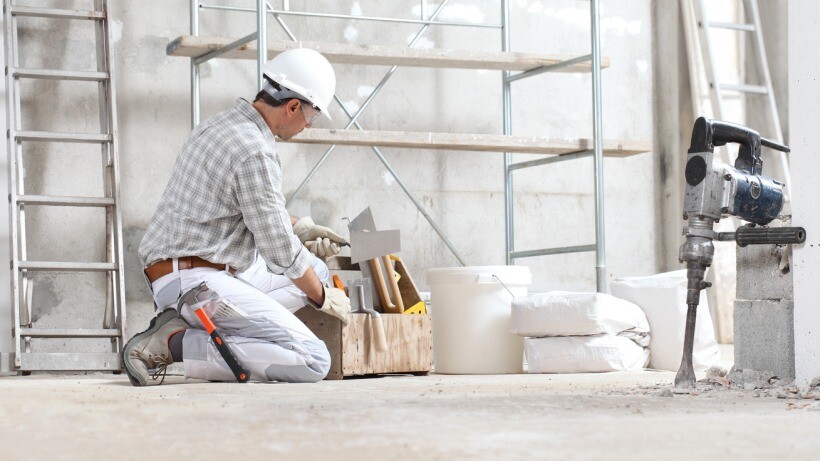
Skimming requires less time and fewer materials than a plastering service, since the latter requires multiple coats and extended drying periods. While skimming demands a high level of craftsmanship to achieve a flawless surface, plastering needs a broader range of skills to handle the thicker layers and more complex application process.
For smaller areas or touch-ups, skimming is often sufficient. However, for extensive renovations, plastering may be able to provide a more comprehensive solution for addressing significant surface imperfections.
In terms of cost
The cost difference between plastering and skimming often reflects the scope and complexity of the work involved. Skimming is generally cheaper, especially for surfaces that are already in good condition. The cost of skimming an entire wall or ceiling typically ranges from $280 to $350.
Since plastering requires more time and materials, it’s also more expensive. The cost to plaster a wall for an entire room is around $1200 to $1700, depending on its size. The higher price accounts for the additional labour, multiple coats, and longer drying times required.
Upgrade your walls: Hire experienced plasterers on Airtasker
Your walls deserve the best care. Don’t let the choice between plastering and skimming overwhelm you. With the right professional by your side, you can achieve a flawless finish that’ll make your space shine.
Airtasker connects you with experienced plasterers in Melbourne, Brisbane, and Adelaide, as well as other locations across Australia, who can guide you through the process, ensuring you get professional results for your wall plastering or skimming. Post your plastering task on the app today and work with an expert to transform your walls with confidence.
Plastering vs skimming
| Plastering | Skimming | |
| Purpose | For having a strong, solid foundation especially when building a new wall | For renovating an existing wall with minor imperfections |
| Thickness | Involves thicker plaster (10-15mm) for covering bare walls | Uses thinner plaster (2-3mm) for smoothing out a surface |
| Surface Finish Quality | Results in a slightly rougher surface with irregular texture for decorative finishes | Achieves a perfectly polished look before painting or applying wallpaper |
| Application Process | A multi-step process involving the application and drying of several layers of base coat and a top coat | A shorter process that applies a skim coat in one even layer |
| Labour Time and Effort | More time-consuming and labour-extensive | Uses less time, materials, and manpower |
| Cost |
$1200 to $1700 for a whole room | $280 to $350 for a single wall or ceiling |
FAQs on skimming and plastering
Usually, you don’t need to skim after plastering since it already creates a base layer that’s smooth enough for painting or decorating. But if you want an ultra-smooth finish, then skimming over the plastered surface can help achieve that.
Yes, skimming over old plaster is a common practice to refresh and smooth out the surface before applying paint or wallpaper. You can have skim coats over old plaster, provided the existing surface is clean, sound, and free of loose or flaking material.
Walls need skimming if they have visible imperfections such as cracks, dents, or uneven surfaces that aren't easily fixed by painting alone. Skimming is also beneficial if you want a smooth, flawless finish for painting or wallpapering. Plus, it can be used to refresh old plaster or drywall surfaces that have minor damage or wear.
Find plasterers, fast
Post a task
Related articles
Related price pages
